How Steamhaus transformed a FTSE 250 firm’s developer experience
Steamhaus began working for a FTSE 250 firm to initially solve authentication issues on its trading platform. This paved the way to begin an overhaul of its development, to eliminate manual processing and create an automated cloud platform built on Amazon Web Services (AWS).
- Secured free AWS cloud credits to help finance the project
- Eliminated trading platform latency issues, reducing cloud costs by 30%
- Established multi-tenant platform on Amazon EKS to improve ticket provisioning
- Used Infrastructure as Code to automate lifecycle management
- Accelerated deployment, shrinking update times from 2 weeks to as little as 45 minutes
Laying the foundations for cloud native
The FTSE 250-listed firm has a long-held tradition of staying ahead of the innovation curve. To retain this, they realised that an all-in move to the cloud would help to make them more agile by being able to tap into cloud-native capabilities. Driving innovation was becoming more difficult with their network of data centres, which houses their workloads and thousands of applications. And it was taking up to two weeks to resolve issues in the applications when developers raised tickets.
Technical leadership at the company had changed over recent years and, with that change, the company had begun working with the AWS cloud. They built their popular share-trading platform on Amazon Elastic Kubernetes Service (Amazon EKS), though they lacked internal cloud skills and were finding it difficult to resolve issues with the platform.
Authentication was failing when large numbers of customers logged on to respond to market changes, such as share price increases, leaving users unable to get into the platform. Because of financial market volatility, investors need to be able to buy or sell shares at any given moment. Unable to trade, customers were becoming frustrated and the company risked damaging their reputation. They were also taking a financial hit because they were losing trading commissions when customers were unable to log in to buy or sell their stocks.
The company turned to their AWS account manager, who suggested they work with Steamhaus because of our strong record of working with financial institutions. The firm asked Steamhaus to remediate the platform issues as an initial trial before tackling development issues.
Breaking down silos to speed up development
The first engagement was intentionally small and designed to build trust and assess whether Steamhaus was a good fit for the FTSE 250 firm. The success of the trial project laid the foundation for a deeper collaboration: to set up a stable, scalable, secure and reusable multi-tenant platform on Amazon EKS. This setup would enable them to easily migrate on-premises workloads to AWS—and at the same time support faster development of new cloud-based applications.
From the outset, Steamhaus took a leadership role in building collaboration across different and previously siloed teams, including for platforms, security, development, and architecture. By encouraging this approach, Steamhaus helped to break down departmental barriers, creating a more integrated and collaborative approach to development.
To ensure project alignment and keep risks to a minimum, Steamhaus instituted a structured collaboration model, which has reduced the amount of input required from each team. For example, a granular planning approach allowed for detailed project specifications to be reviewed, then ratified rapidly across multiple departments and management layers.
Each team was given the opportunity to push back on items they weren’t happy with and make change requests. Steamhaus set up weekly progress reviews during which all departments get together to discuss the finer points of the solution. This has allowed Steamhaus to rapidly build a blueprint for the platform and has enabled each department to address pressing issues more easily.
Building a robust, repeatable solution
Steamhaus began the initial trial project to improve the functioning of the company’s trading platform’s login and authentication functions in September 2024. Steamhaus set up the platform to autoscale to handle surges in customer logins. This improved on the previous setup, which scaled infinitely, creating an overwhelming number of instance replicas, causing latency issues. The platform can now eliminate unneeded replicas and scales down during quiet periods to minimise cloud costs, which has resulted in savings of 30%. Metrics gathering was introduced through Amazon CloudWatch so the FTSE 250 firm could understand the state of the platform through the Grafana Cloud observability platform.
Steamhaus replaced the company's manual, ticket-based provisioning system with a repeatable Amazon EKS cluster deployment. This was set up as part of a two-phase project that created a development blueprint. We also helped to secure free AWS cloud credits to support financing of the project.
Using Infrastructure as Code principles, Steamhaus implemented a Terraform-based solution with several key AWS services, including Amazon EKS clusters, using Auto Mode to automate lifecycle management, AWS Load Balancer Controller for seamless ingress management, and Amazon S3.
The solution uses GitHub for version control to push configuration changes. Clusters can now be created automatically and then deployed into a specified environment across multiple regions. This helps to shorten development times for platform engineers and DevOps teams. For example, when a configuration change or security update is required, the IT team can use the same code to update all clusters at the same time.
This new approach has also made escalation procedures more intelligent. Developers can now make temporary resource adjustments to keep services running, then create tickets for code fixes to be addressed during business hours. This has eliminated the need to do code fixes late at night.
By introducing automation to the development environment, the first phase of the project has seen update times cut from as long as two weeks down to as little as 45 minutes.
 A FTSE 250-listed financial services company headquartered in London operates across multiple continents. The firm’s comprehensive trading platform serves retail investors, offering them access to over 19,000 investment markets, including spread betting, stock trading, futures, and derivatives. The company aims to make trading accessible to everyday investors by making it easier to trade, offering a personalised service, and providing educational resources. Their forward-thinking approach helps them to stay competitive in the growing fintech market.
A FTSE 250-listed financial services company headquartered in London operates across multiple continents. The firm’s comprehensive trading platform serves retail investors, offering them access to over 19,000 investment markets, including spread betting, stock trading, futures, and derivatives. The company aims to make trading accessible to everyday investors by making it easier to trade, offering a personalised service, and providing educational resources. Their forward-thinking approach helps them to stay competitive in the growing fintech market.Location
London, UKIndustry
Financial Services
Services
Cloud MigrationData & ML PlatformsShare
Further transforming the developer experience
The next phase of the project is designed to move away from Git pipeline-based configuration management to using Backstage, an open-source, web-based portal. This will further streamline infrastructure and deployment processes. Using the portal, developers will be able to choose from application templates rather than having to manually edit new configuration files. This second phase will allow developers to automatically generate container images from the source code and enable seamless deployment across multiple environments with one click.
Steamhaus will design 15 application templates to meet different development patterns across the FTSE 250 firm’s technology landscape. This approach will help to accelerate the migration of on-premises workloads, ensuring consistency and adherence to best practices.
The platform is designed to build in continuous improvement. As the underlying templates are updated over time, changes can be automatically applied to all applications built using them, helping to further reduce the need for manual intervention.



.jpg)

.png)




